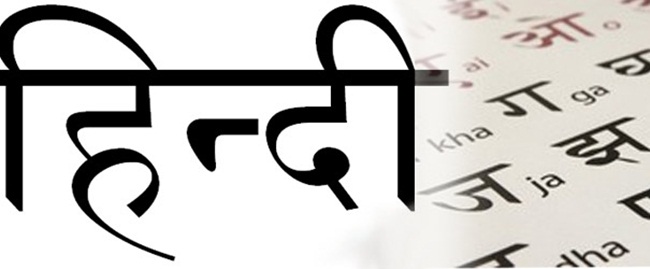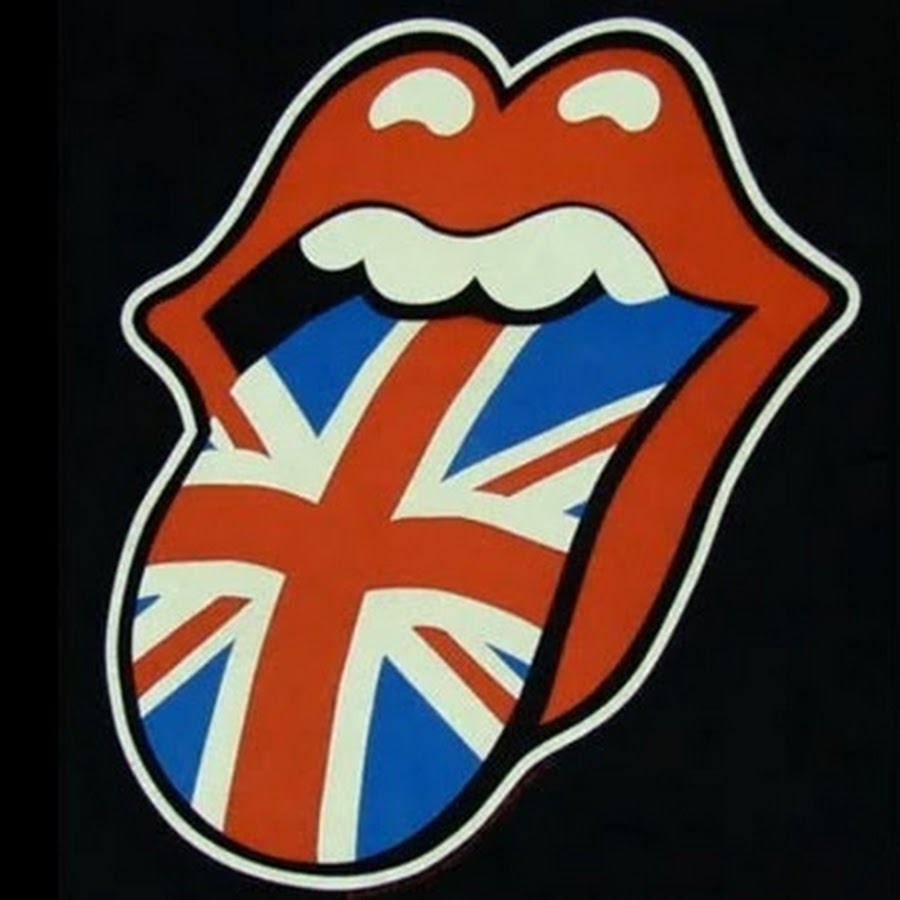As the world becomes more closely connected economically and socially, the ability to communicate and understand each other has never been as important as it is today. Whether you are traveling, engaging in business, or enriching yourself academically, learning another language is simply practical. With that, here is a list of the top 10 most essential languages to learn.
10. Portuguese
Often compared to Spanish, the Portuguese language actually has a separate, distinct history that includes influence from Vulgar Latin and Celtic. It is also much more difficult to learn than Spanish. While on the surface Portuguese might seem to be obscure, in reality more than 230,000,000 speakers claim it as their native language. In fact, it is an official language in 10 countries in such far flung places as Angola in Africa to East Timor in Pacific Asia. Naturally, Brazil’s status as an emerging economic power also makes learning Portuguese particularly useful.

9. Russian
With more than 250,000,000 native speakers, Russian is geographically the most widely-spoken Slavic language. Its use of the Cyrillic alphabet might seem a bit intimidating at first, but once you learn it, it serves as a nice foundation for understanding other Slavic-based languages such as Ukrainian, Serbian and Bulgarian. Furthermore, aside from being an important language in the business world, the Russian language boasts the largest collection of scientific and technical literature in the world, making it extremely practical for those who thirst for knowledge.

8. Japanese
As an economic powerhouse, Japanese is an essential language to know. When traveling through Japan, you might be surprised to discover that few signs are written in English and most of the population does not know English. More than 120,000,000 people speak Japanese and it is regarded by some to be the most difficult language in the world, with three complex writing systems, levels of formality, a grammar structure that many might find puzzling. Nonetheless, those who study it find it to be a really fun language to learn.

7. Hindi
Along with English, Hindi is the official language of the Indian government. It is a truly rich language that has adopted much of its vocabulary from Persian, Sanskrit, Arabic, Turkish and English. While most people associate it with India, it is also the official language of Fiji and is a regional language in Suriname, Trinidad and Tobago, and Mauritius. As the world’s 4th most-spoken first language (more than 260,000,000 speakers), you would have plenty of people to strike up a conversation with!

6. Arabic
Arabic is the official language of 26 countries and claims roughly 422,000,000 native and non-native speakers. It has become an extremely important language in the energy and security sectors, especially as Middle Eastern cities such as Dubai, UAE and Doha, Qatar have emerged as a couple of the fastest-growing economic hubs in the world. However, the language can be a challenge in that it contains various dialects (for instance, Egyptian Arabic and Moroccan Arabic contain significant linguistic differences) and has a complex writing style.

5. German
There are so many good reasons to learn the German language, first and foremost being that it is the most spoken first-language in the EU. Of course, with Germany being Europe’s economic powerhouse, it also serves as an important language of business. While the younger generations of people in Eastern Europe are more likely to learn English, those who grew up under the Iron Curtain were more inclined to learn German, making it very useful if you are traveling through Poland, the Czech Republic, and even Russia. While German has more complex grammar compared to English, it is nonetheless more logical.

4. French
Before being superseded by English after WWII, French was Europe’s go-to language for business and travel. Today there are as many as 110,000,000 native French speakers and an additional 190,000,000 who speak it as a second language. In addition, in Africa alone 31 countries speak the language either officially or de facto and by 2050 that continent is expected to boast 700,000,000 speakers! Americans who want to speak French with native-speakers don’t have to travel far as both Quebec and New Brunswick use it as their primary languages. Beyond that, it is simply a lovely language to learn!

3. Spanish
That the Spanish language is on this list is a no-brainer. Around 470,000,000 people speak it as a native language, in addition to 100,000,000 who speak it as their secondary language. It is the official language of 20 countries, primarily in South America and the Caribbean. Of course, it is also a very practical language for Americans to learn as the Latino population grows in Florida, Texas and in the Southwest. As a bonus, it is one of the easiest languages to learn.

2. Mandarin
With China’s drastic development, it is set to overtake the United States as the world’s largest economy within a few years. Thus, the world’s most spoken language (with around 955,000,000) has taken on great importance. It is an extremely difficult language to learn at first; tricky tones can change the meaning of a sentence, but with practice it becomes easier. The grammar system is relatively straight-forward, although writing Chinese characters is notoriously difficult.

1. English
Over 400,000,000 people speak English as their first language an additional 1.1 billion speak it as a foreign language. Simply put, it is nearly impossible to travel or do business internationally without knowing it. In fact, commercial pilots are required to speak it, and most diplomatic positions also require it. The difficult spelling rules and nonsensical grammar can pose a serious challenge, but if you speak it you are truly in the driver’s seat.

